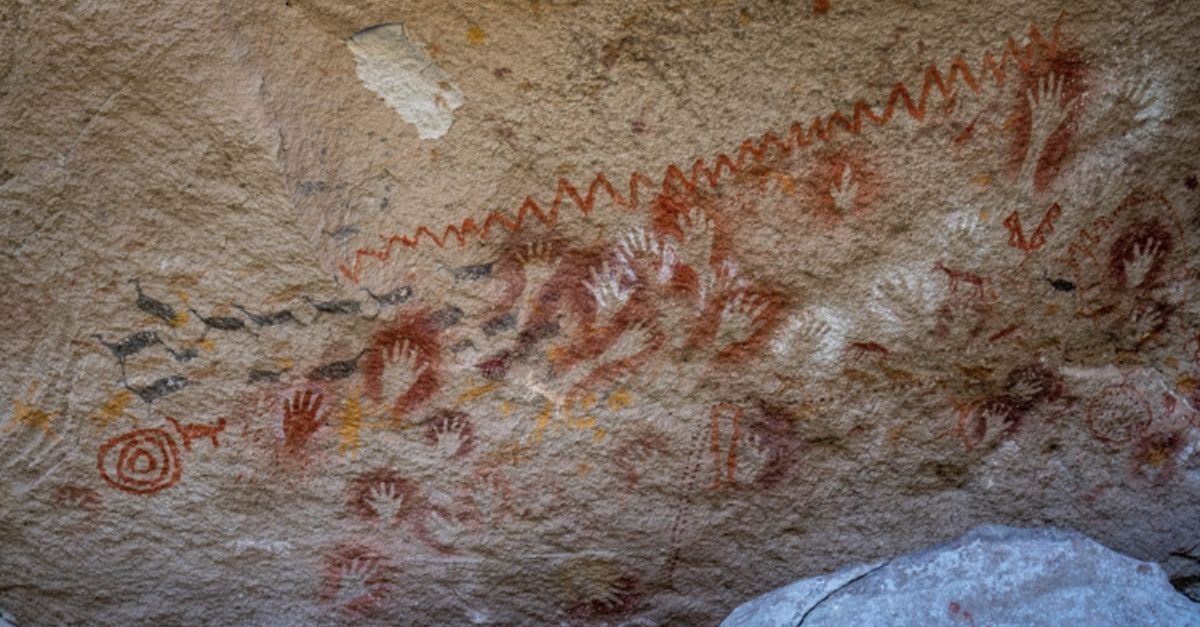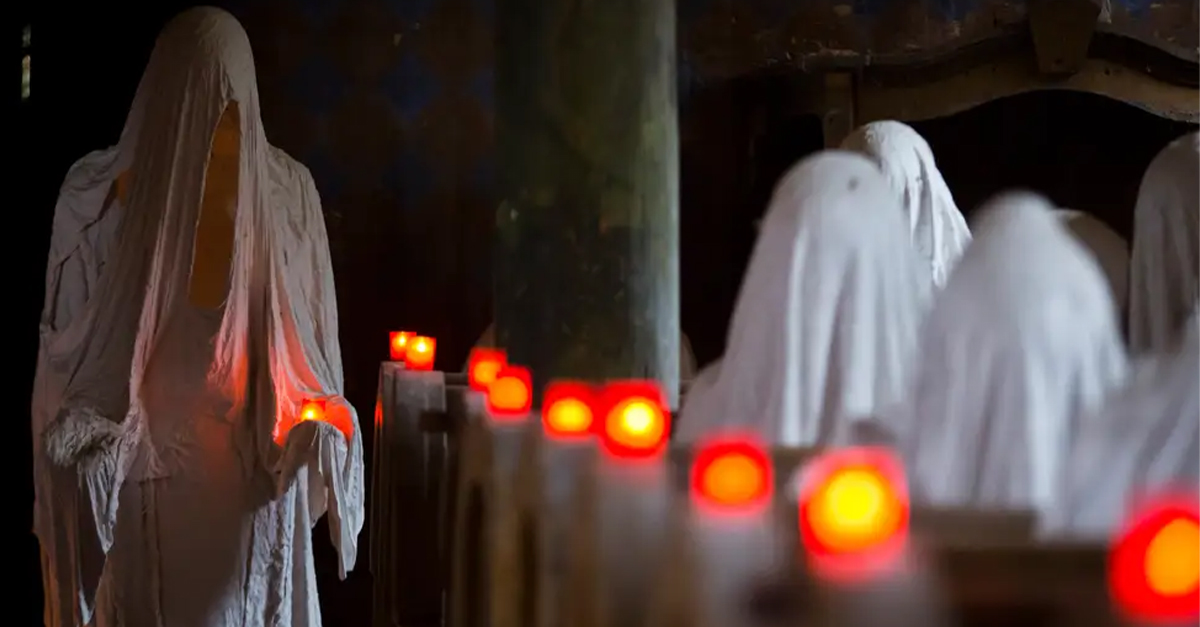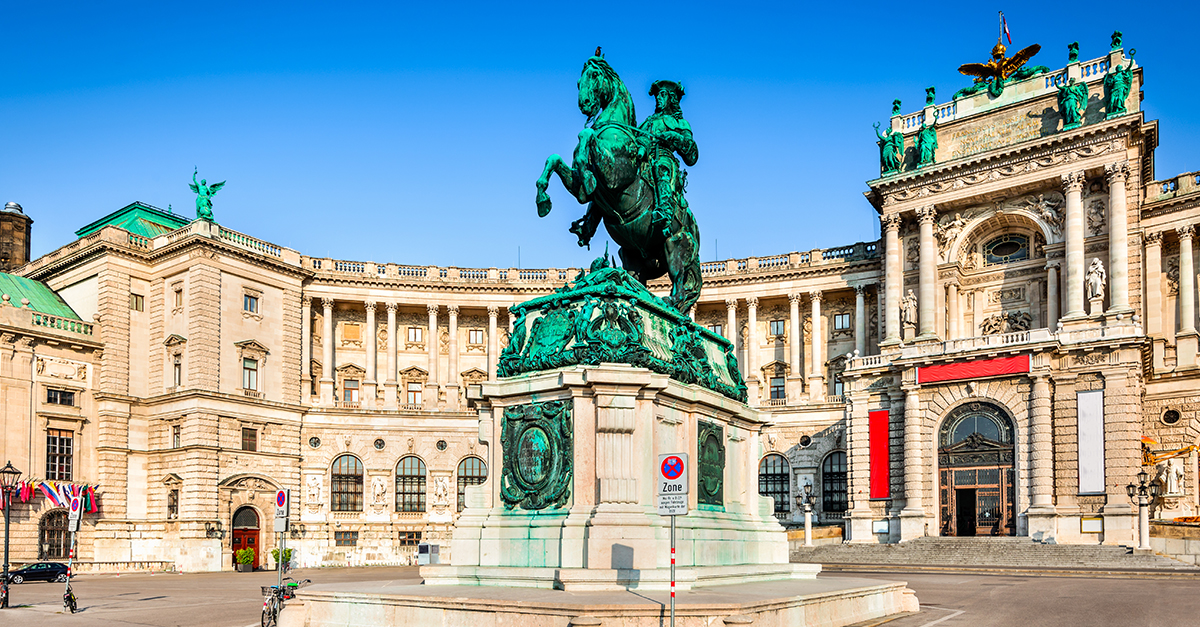The 48,000 Year Discovery
Step back 48,000 years with us into a world where early humans were already mastering mining. In South Africa’s Lion Cavern, a discovery has rewritten our understanding of ancient practices. This site, the oldest known ochre mine, reveals a lot about human history.
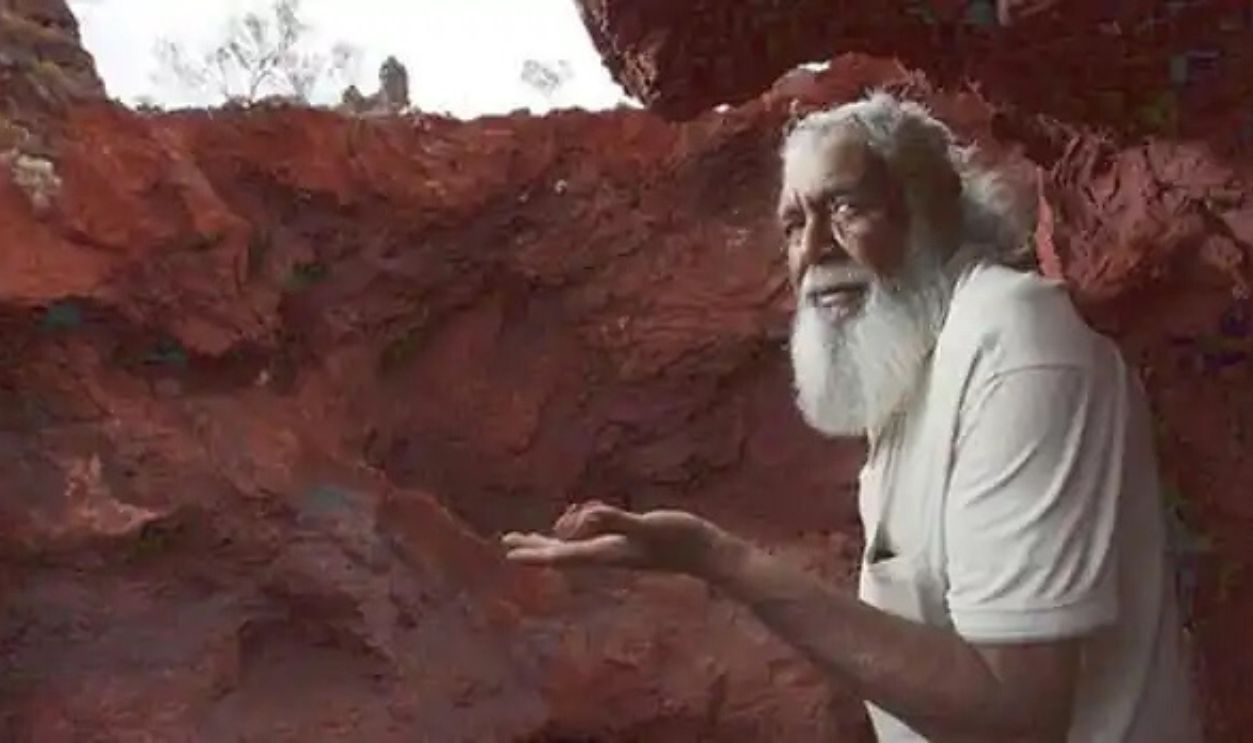
A Time Capsule Of Human Innovation
The discovery of the ochre mine in South Africa’s Lion Cavern is highly revolutionary. The 48,000-year-old site shows that early humans were not living hand to mouth but creating, innovating, and mining a resource far more valuable than previously considered.
 Visiting the Lion Cavern at Malolotja Nature Reserve by Anna McGinn
Visiting the Lion Cavern at Malolotja Nature Reserve by Anna McGinn
How Ochre Changed The Game
Ochre is a reddish-yellow clay earth pigment, a mixture of ferric oxide and varying amounts of clay and sand. It was used in body paint, cave paintings, and burial rituals. This shows a great connection to spiritual and cultural practices; hence it was an essential element in early human societies.
 Marco Almbauer, CC BY-SA 3.0, Wikimedia Commons
Marco Almbauer, CC BY-SA 3.0, Wikimedia Commons
A Hotspot For Archaeological Gold
The site of the Lion Cavern is one of the richest archaeological sites. Besides Ochre, tools and artwork have been discovered, turning them into an invaluable window to early human behavior. It is like a museum that time had forgotten.
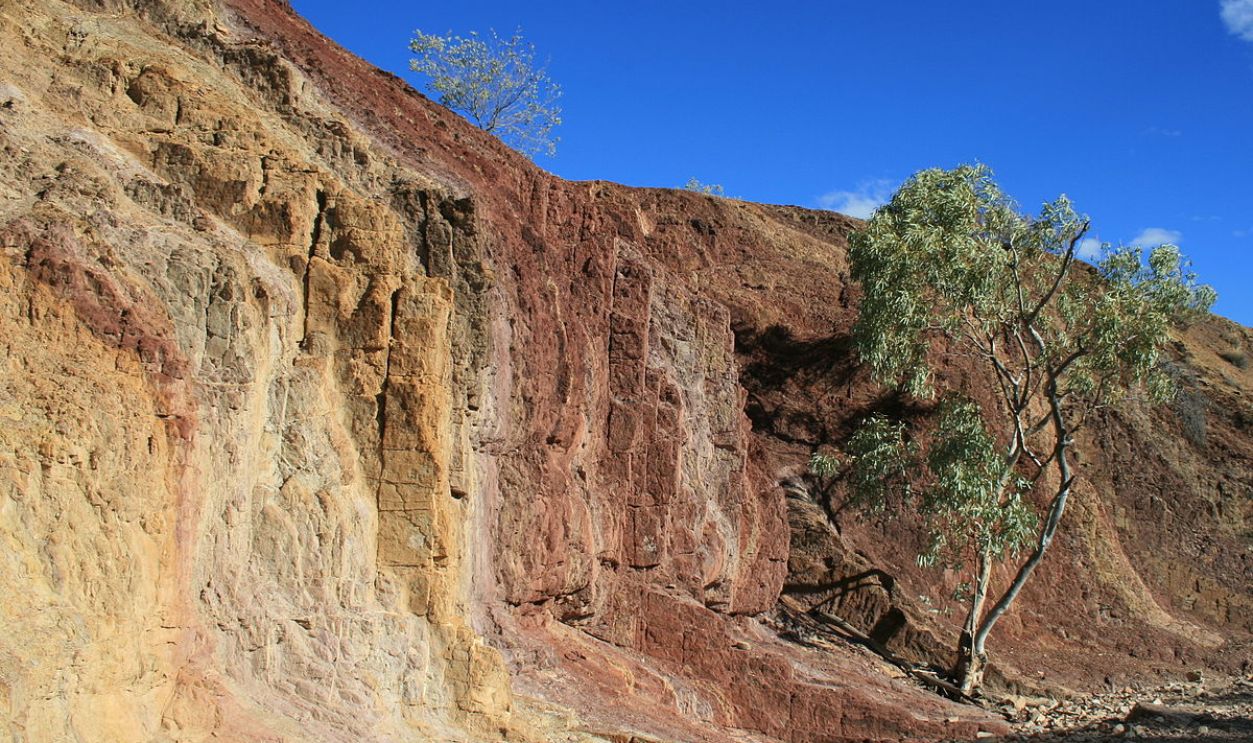 Toby Hudson, Wikimedia Commons
Toby Hudson, Wikimedia Commons
The Ochre Exchange
The wide distribution of Ochre suggests that early humans were likely engaged in rudimentary trade networks. People traveled far to obtain this resource, suggesting a complex exchange system long before sophisticated societies emerged.
 Marco Almbauer, CC BY-SA 3.0, Wikimedia Commons
Marco Almbauer, CC BY-SA 3.0, Wikimedia Commons
Ochre Mining And Human Evolution
Ochre mining tells us more about human evolution than we ever imagined. It’s not just about extracting pigment but the cognitive leap required to engage in such complex behavior—foreshadowing the intellectual capabilities that would define later human civilizations.
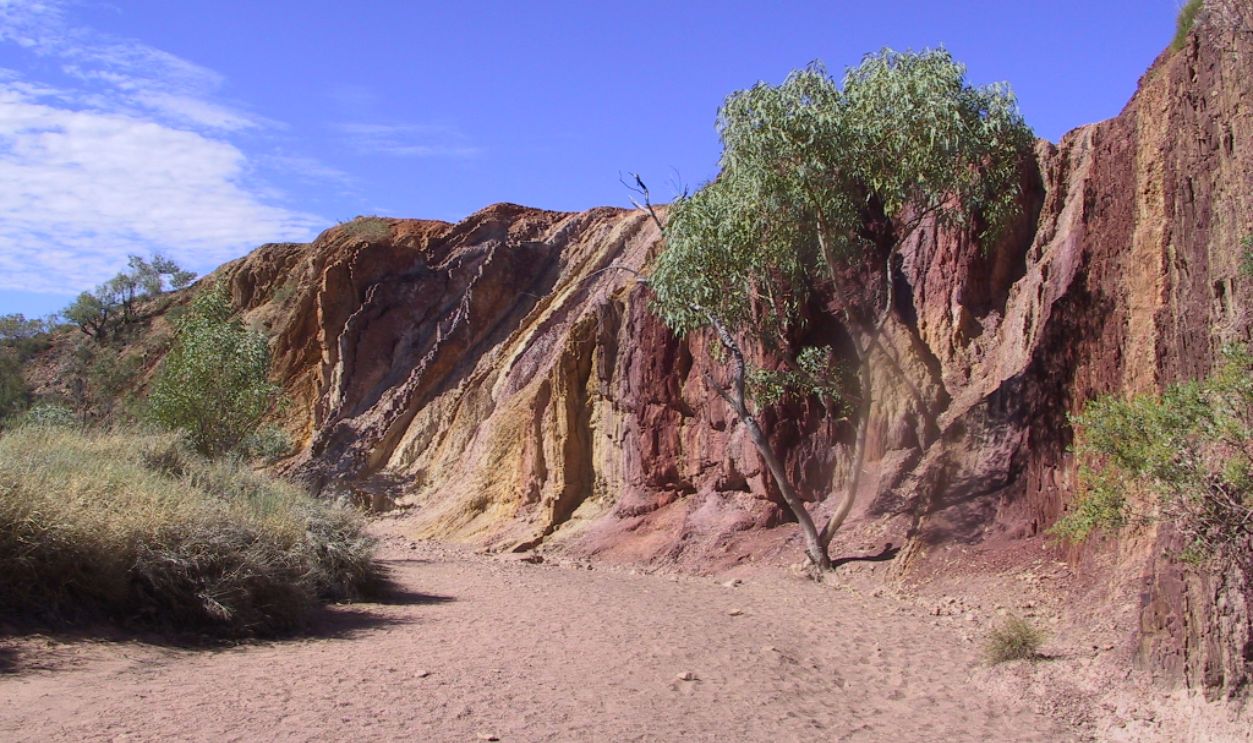 Felix Dance, CC BY-SA 3.0, Wikimedia Commons
Felix Dance, CC BY-SA 3.0, Wikimedia Commons
Radiocarbon Dating In Action
How do scientists confirm the age of such ancient sites? Radiocarbon dating is how. This technique has been critical in accurately determining the site’s age. We can pinpoint this remarkable site to an astonishing 48,000 years ago through modern technology.
A World Record In Prehistory
It is no ordinary ancient site but the oldest known ochre mine in the world. Its age already makes it a landmark for understanding early human culture and technology, adding one of the most fascinating chapters to our shared history.
 Buhle Betfu || S07E04 Ngwenya Mine by Buhle Betfu
Buhle Betfu || S07E04 Ngwenya Mine by Buhle Betfu
The Surprising Longevity Of the Site’s Use
The ochre mine was not a short-duration resource, as it was used for around 20,000 years. This longevity in utilization indicates that the inhabitants of this region valued Ochre and its uses through many generations, far outlasting most of the other tools and practices.
The Mystery Of Prehistoric Mining Techniques
How could any early humans mine Ochre without modern equipment or tools? The procedures, as applied on this site, were simple but successful. Archaeologists have unearthed evidence of hand-dug tunnels and tools that are very simple and rudimentary, hence informing about our ancestors’ ingenuity.
 Julien Harneis, CC BY-SA 2.0, Wikimedia Commons
Julien Harneis, CC BY-SA 2.0, Wikimedia Commons
A Peek Into Prehistoric Daily Life
The ochre mine offers an extremely unexpected glimpse into early humans’ everyday lives. People explored beyond hunting and gathering; they created culture, made artifacts for a purpose, and showed that a high social organization was achieved.
 Griffith University, Wikimedia Commons
Griffith University, Wikimedia Commons
Archaeology Meets Technology
The discovery of these ancient sites is nowadays very much supported by different technological tools, such as ground-penetrating radar. Such non-invasive methods allow archaeologists to explore and map those areas without disturbing the site’s integrity.
 Archaeo-Physics LLC, Wikimedia Commons
Archaeo-Physics LLC, Wikimedia Commons
The Geological Wonders Of The Region
The region around the Lion Cavern is rich in history and geologically interesting. Unique rock formations and mineral deposits form an integral part of understanding why the Ochre mine was preserved all this time.
 Imagine Earth Photography, Shutterstock
Imagine Earth Photography, Shutterstock
The Cultural Significance Of Ochre’s Color
The use of Ochre went beyond just creating pigment. Red Ochre, in particular, had symbolic weight associated with life, death, and spiritual beliefs. Early humans were far more attuned to color’s significance than we had once assumed.
The Spiritual Value Of The Mine
For early humans, the ochre mine may have held a spiritual significance, acting as a sacred site. The consistent use of Ochre in rituals and burials suggests a belief in the afterlife and a connection between the material and spiritual worlds.
 African Stonehenge? | National Geographic by National Geographic
African Stonehenge? | National Geographic by National Geographic
Interpreting Ancient Mining Artifacts
Tools used in mining ochre, like grinding stones and scrapers, are essential tools for archaeologists to learn more about the technological knowledge of early humans. These tools tell about how our ancestors prepared tools from the land and how wonderfully they adapted to their environment.
 Didier Descouens, CC BY-SA 3.0, Wikimedia Commons
Didier Descouens, CC BY-SA 3.0, Wikimedia Commons
Understanding Prehistoric Tools Through Technology
Modern technology is giving us an unprecedented look at ancient mining tools. Through high-tech imaging and analysis, researchers can now study even the smallest artifacts, uncovering details that were once invisible to the naked eye.
 Ancient stone tools and how to identify ancient stone tools. by William Shira
Ancient stone tools and how to identify ancient stone tools. by William Shira
How Mining Techniques Evolved Over Time
What started as a rudimentary mining technique eventually evolved into more advanced methods. The tools and mining practices discovered at the Lion Cavern provide insight into how early humans progressively adapted to their environment.
 Shahir Chundra, CC BY-SA 4.0, Wikimedia Commons
Shahir Chundra, CC BY-SA 4.0, Wikimedia Commons
Lion Cavern And Human Migration
The discovery of ochre mines in Lion Cavern adds complexity to our understanding of early human migration. Being so valuable, Ochre was likely transported over long distances, and this suggests that people were mobile and had far-reaching trade networks.
 Lion Rock Mine by Elley Knows Rocks
Lion Rock Mine by Elley Knows Rocks
Why Was This Site Chosen For Mining?
Why did early humans choose Lion Cavern for mining? The region’s geography, with its accessible ochre deposits, made it an ideal spot. The location’s stability and resources allowed early humans to return repeatedly to build a lasting relationship with the site.
 Ekaterina Pokrovsky, Shutterstock
Ekaterina Pokrovsky, Shutterstock
Ongoing Research At the Mine
The excavations in the Lion Cavern are not yet complete. Every year, archaeologists unearth new puzzle pieces to shed more knowledgeable light on the early mining practice, culture, and environmental setting where ancient humans existed.
The Global Significance Of The Discovery
The importance of the Lion Cavern mine is not limited to South Africa alone. This finding challenges the belief that mining and complex behavior were later activities, and this made it a turning point within the global archaeological scenario.
 M.W.R.The Graphic, Wikimedia Commons
M.W.R.The Graphic, Wikimedia Commons
Lion Cavern’s Unmatched Preservation
The state of the Lion Cavern is remarkable, especially considering that the site has been subject to tens of thousands of years of geological stability but, at the same time, is far from easy access. Hence, it provides a unique glimpse into deep antiquity.
 Lion Rock Mine by Elley Knows Rocks
Lion Rock Mine by Elley Knows Rocks
The Ongoing Debate About Ancient Human Behavior
The mining activities in Lion Cavern continue to spark debate among scholars. Was the mining done for practical purposes, or did it have a more spiritual or symbolic role? This question drives the ongoing discussions surrounding early human culture.
 Lewis Wickes Hine, Wikimedia Commons
Lewis Wickes Hine, Wikimedia Commons
The Importance Of Conservation For Ancient Sites
As we continue to uncover more about ancient mining practices, we must protect and conserve sites like Lion Cavern. Preserving these locations ensures that future generations can continue to learn about our distant past.
 Swaziland Mine Ngwenya Rangers / Swaziland Meet a ranger in the Ngwenya Mine by hors frontieres
Swaziland Mine Ngwenya Rangers / Swaziland Meet a ranger in the Ngwenya Mine by hors frontieres

